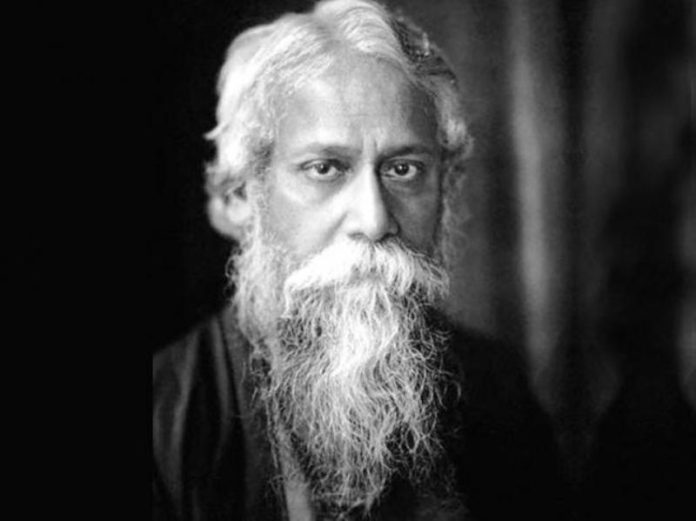The Indian Ministry of External Affairs and its missions are engaged in preserving the historical and cultural heritage of India in all the countries of the world, as well as saving the memories of great Indians.In this direction, the Indian High Commission in Bangladesh is redeveloping the Kutibari museum of Gurudev Rabindranath Tagore. This museum was once the ancestral mansion of the Tagore family.According to information given by the official twitter handle of the Indian High Commission in Bangladesh on 10 December, the Government of India is redeveloping Kutibari (Kachhribari), the ancestral home of Kaviguru Ravindranath Tagore, in Potisar village of Kushtia district, located in Dakshinchal, Bangladesh. Along with the statement, the embassy has also tweeted a photo of Kutibari.
Spread over three acres, Gurudev Tagore’s ancestral mansion and now museum is a common heritage of India and Bangladesh. The mansion contains over three hundred important items related to Tagore’s life in this mansion. The bed on which he slept and the chair on which he used to sit are also in this museum.
Kutibari is the place where Rabindranath Tagore started translating his world-famous work Gitanjali from Bangla to English in 1912, for which he received the Nobel Prize for Literature on 10 December 1913. Not only this, he also composed his famous novel Gora published in the year 1909 at this place.
Gurudev Tagore is the first person whose songs have gone on to become the national anthem of two countries.On one hand, India adopted ‘Jana Gana Mana’. On the other hand, after separating from Pakistan in the year 1971, Bangladesh adopted ‘Amar Shonar Bangla’ as the national anthem. Tagore’s songs are also a part of the curriculum of schools in Bangladesh.



